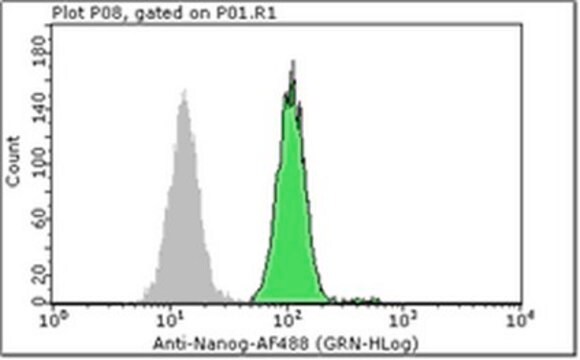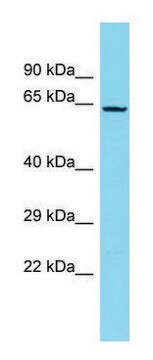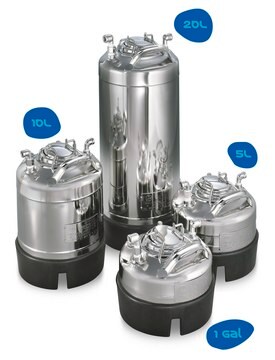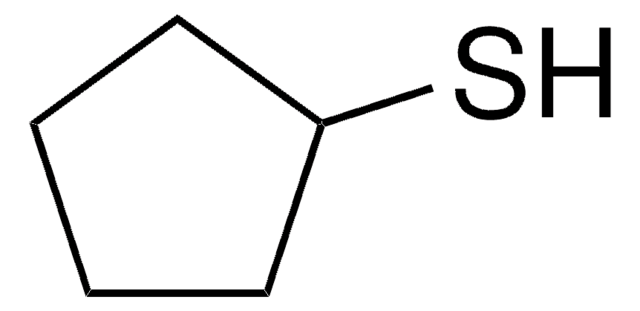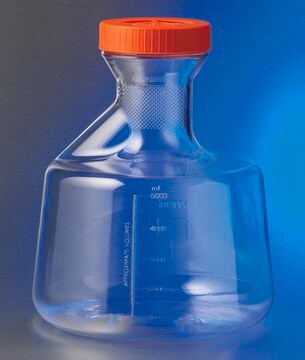MABF2033M
Anti-CD31/PECAM-1.3 Antibody, clone MBC 78.3
clone MBC 78.3, from mouse
Synonyme(s) :
Platelet endothelial cell adhesion molecule, PECAM-1, EndoCAM, GPIIA′, PECA1, CD31
About This Item
Produits recommandés
Source biologique
mouse
Niveau de qualité
Forme d'anticorps
purified antibody
Type de produit anticorps
primary antibodies
Clone
MBC 78.3, monoclonal
Espèces réactives
human, canine
Conditionnement
antibody small pack of 25 μg
Technique(s)
flow cytometry: suitable
immunohistochemistry: suitable
immunoprecipitation (IP): suitable
western blot: suitable
Isotype
IgG1κ
Numéro d'accès NCBI
Numéro d'accès UniProt
Modification post-traductionnelle de la cible
unmodified
Informations sur le gène
human ... PECAM1(5175)
Description générale
Spécificité
Immunogène
Application
Flow Cytometry Analysis: 1 µg from a representative lot detected CD31/PECAM-1.3 in THP-1 cells.
Western Blotting Analysis: A representative lot detected CD31/PECAM-1.3 in Western Blotting applications (Zhao, T., et. al. (2001). J Cell Biol. 152(1):65-73).
Agonist or Inhibitor Analysis: A representative performed agonist or Inhibitor function (Newton-Nash, D.K., et. al. (1999). J Immunol. 163(2):682-8; Reedguist, K.A., et. al. (2000). J Cell Biol. 148(6):1151-8).
Immunoprecipitation Analysis: A representative lot detected CD31/PECAM-1.3 in Immunoprecipitation applications (Newman, D.K., et. al. (2016). Sci Signal. 9(418):ra27).
Immunocytochemistry Analysis: A representative lot detected CD31/PECAM-1.3 in Immunocytochemistry applications (Newman, D.K., et. al. (2016). Sci Signal. 9(418):ra27; Zhao, T., et. al. (2001). J Cell Biol. 152(1):65-73).
Inflammation & Immunology
Qualité
Immunocytochemistry Analysis: A 1:500 dilution of this antibody detected CD31/PECAM-1.3 in un-permeablilized THP-1 cells.
Description de la cible
Forme physique
Stockage et stabilité
Handling Recommendations: Upon receipt and prior to removing the cap, centrifuge the vial and gently mix the solution. Aliquot into microcentrifuge tubes and store at -20°C. Avoid repeated freeze/thaw cycles, which may damage IgG and affect product performance.
Autres remarques
Clause de non-responsabilité
Vous ne trouvez pas le bon produit ?
Essayez notre Outil de sélection de produits.
Code de la classe de stockage
12 - Non Combustible Liquids
Classe de danger pour l'eau (WGK)
WGK 2
Point d'éclair (°F)
Not applicable
Point d'éclair (°C)
Not applicable
Certificats d'analyse (COA)
Recherchez un Certificats d'analyse (COA) en saisissant le numéro de lot du produit. Les numéros de lot figurent sur l'étiquette du produit après les mots "Lot" ou "Batch".
Déjà en possession de ce produit ?
Retrouvez la documentation relative aux produits que vous avez récemment achetés dans la Bibliothèque de documents.
Notre équipe de scientifiques dispose d'une expérience dans tous les secteurs de la recherche, notamment en sciences de la vie, science des matériaux, synthèse chimique, chromatographie, analyse et dans de nombreux autres domaines..
Contacter notre Service technique


